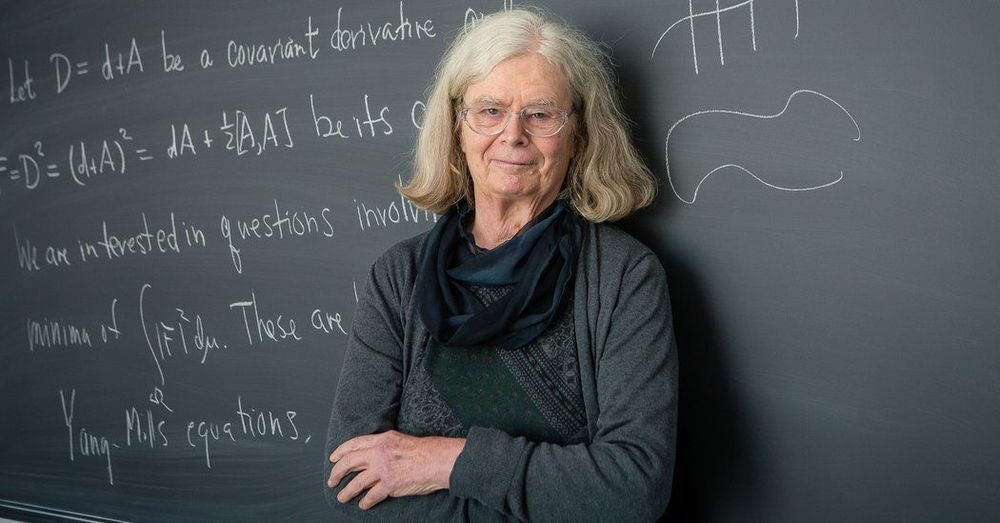A startup with alumni from MIT and Yale says it’s made a breakthrough in creating a next-generation material that should make it possible to 3D print literally anything out of thin air.
New York-based Mattershift has managed to create large-scale carbon nanotube (CNT) membranes that are able to combine and separate individual molecules.
“This technology gives us a level of control over the material world that we’ve never had before,” said Mattershift Founder and CEO Dr. Rob McGinnis in a release. “For example, right now we’re working to remove CO2 from the air and turn it into fuels. This has already been done using conventional technology, but it’s been too expensive to be practical. Using our tech, I think we’ll be able to produce carbon-zero gasoline, diesel, and jet fuels that are cheaper than fossil fuels.”








